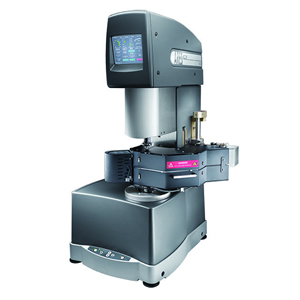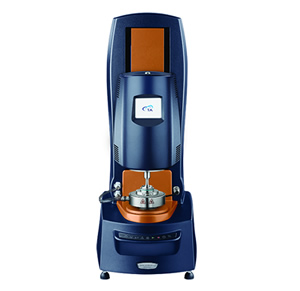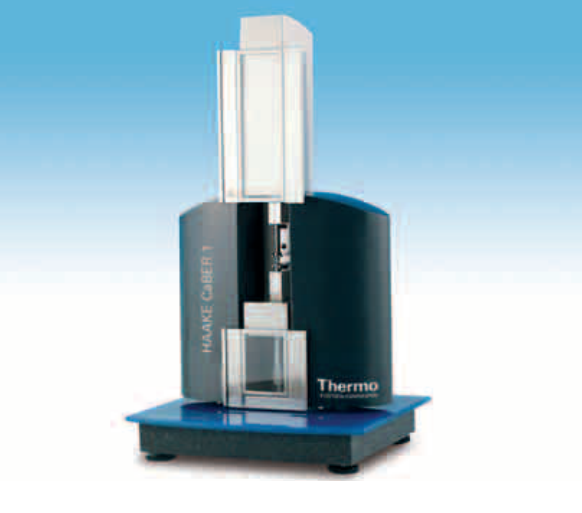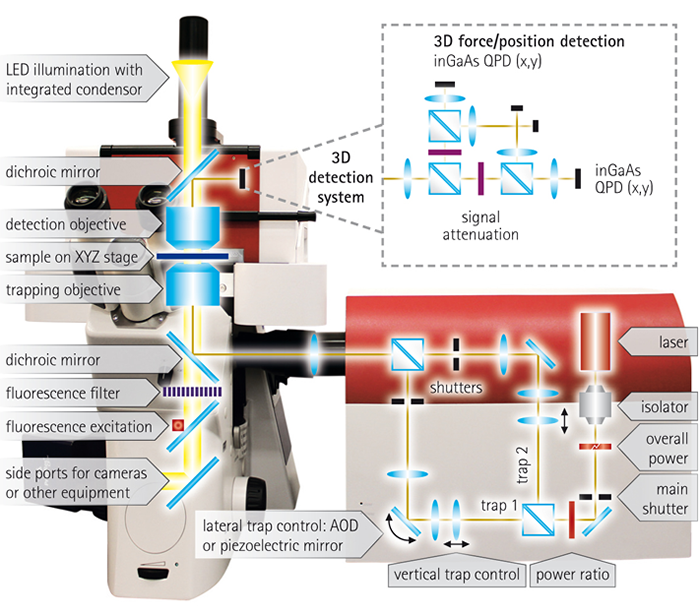| Brief |
| Purpose |
| Motivation |
| Advantage |
| Organization |
| Staff |
| Contact us |
 |
|
|
|||||||||||||||||||||||||||||||||||||
 |
|
|
RheometersData:[2017-12-21] Source:
ARES-G2 The ARES-G2 is the most advanced rotational rheometer for research and material development. It remains the only commercially available rheometer with a dedicated actuator for deformation control, Torque Rebalance Transducer (TRT), and Force Rebalance Transducer (FRT) for independent shear stress and normal stress measurements. It is recognized by the rheological community as the industry standard to which all other rheometer measurements are compared for accuracy. An accurate mechanical measurement is based on the fundamental assumption of a controlled variable (stimulation) and a measured variable (response). The separation of these key experimental quantities guarantees the greatest accuracy. Moreover, the analytical components dedicated to each task should be optimized to their assigned role. In the case of a modulus measurement, the application of strain and the measurement of stress should be separated, or in the case of a viscosity measurement, the application of strain rate and the measurement of stress are to be decoupled.This is the approach taken by the TA Instruments ARES-G2, leading to measurements free of instrument artifacts over wide ranges of stress, strain, and frequency.
Discovery Hybrid Accessories All DHR temperature systems and accessories are designed with superior performance and ease-of-use in mind. Only TA Instruments’ DHR offers the convenience and versatility of Smart Swap™ geometries, temperature systems, and accessories. Smart Swap™ technologies provide fast and easy interchanging of accessories and automatic detection and configuration of the rheometer for operation.
Normal force option for Thermo Scientific HAAKE CABER 1 The capillary breakup technique as used in the extensional rheometer Thermo Scientific HAAKE CaBER1 is a powerful tool to determine the extensional properties of fluids by measuring the decline of the diameter of a stretched fluid filament,which is narrowed down by the capillary force as a function of time.For certain samples howeverthe,the phyisical properties ofthe sample,e.g.a specific sample structure or the lack of a substantial surface tension,limit the use of this technique.In order to be able to measure the extensional properties of such samples with the CaBER a different measuring approach is needed. With the normal force option,a compact module has been developed to investigate the normal force that arise in the fluid filament during the initial stretching.Any existing CaBER 1 instrument can be equipped with this sensor. A Kistler normal force sensor is mounted under the lower plate of the CaBER 1 extensional rheometer using an especially made adapter(see Fig.1).The normal force signal which has a force resolution of 0.05 mN(for the lowest force range)and a time resolution of 0.2 ms is measured using a Kistler charge amplifier. This excellent resolution is realized by using a raw data acquision rate of 105 points per second and subsequent oversampling.The Kistler charge amplifier is triggered by the CaBER 1 and the normalforce signal is measured by the CaBER1. The normal force option for the extensional rheometer enables the investigation of even the most complex and delicate samples.Measurements can be performed on samples.Measurements can be performed on samples that exhibit a strong yield stress such as emulsions,suspensions,adhesives,food etc.
NanoTracker™ 2 - designed for quantitative force measurements The NanoTracker™ 2 is an optical tweezers platform based on research-grade inverted optical microscopes and designed for sensitive manipulation, force and tracking experiments. With the NanoTracker™ 2, the user can trap and track particles from several µm down to 30nm with the ability to control, manipulate and observe samples in real time with nanometer precision and femtoNewton resolution. NanoTracker™ technology provides precisely quantifiable and reproducible measurements of particle/cell interactions. The system delivers precise information about single molecule mechanics and may also be used to determine mechanical characteristics such as adhesion, elasticity or stiffness on single molecules.
Prev:3D Priter Next:Unmanned Systems |
|



